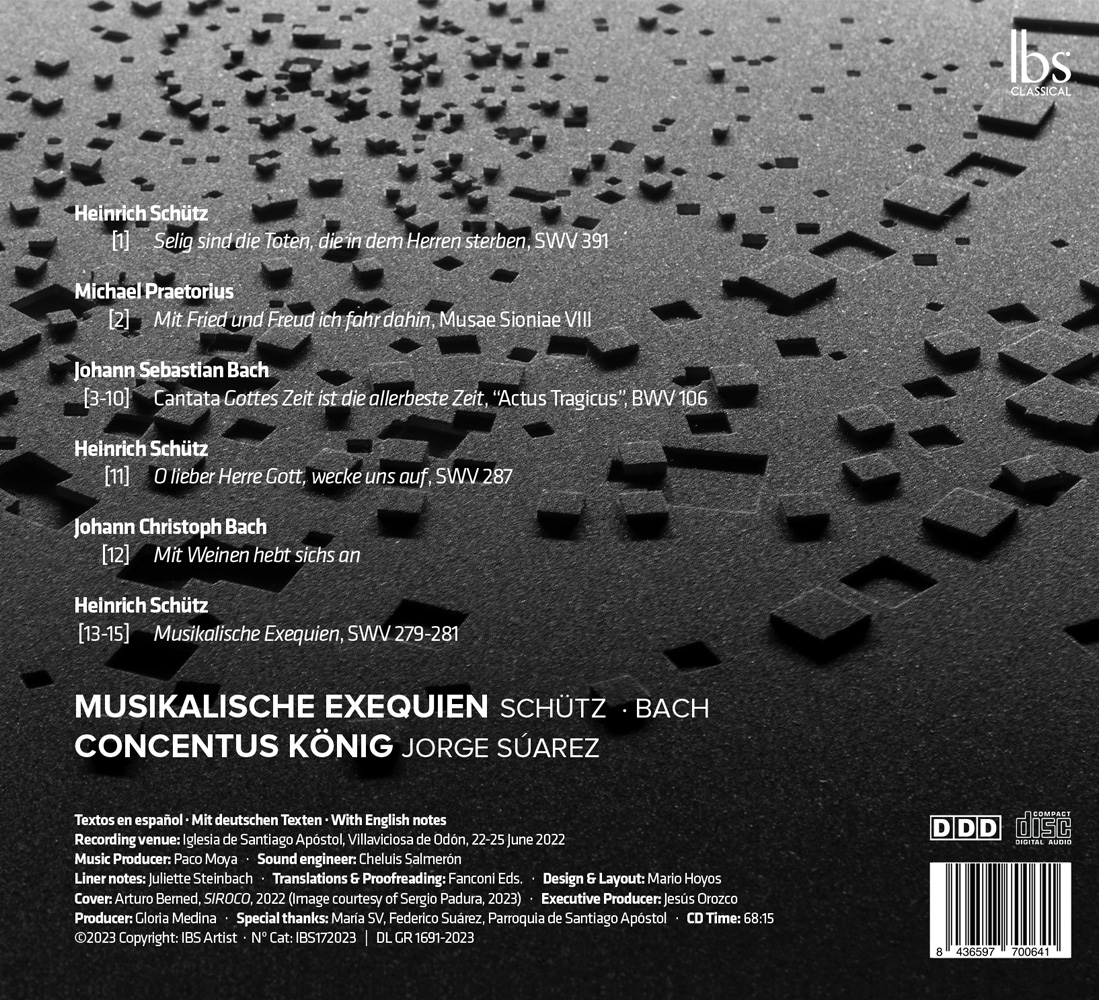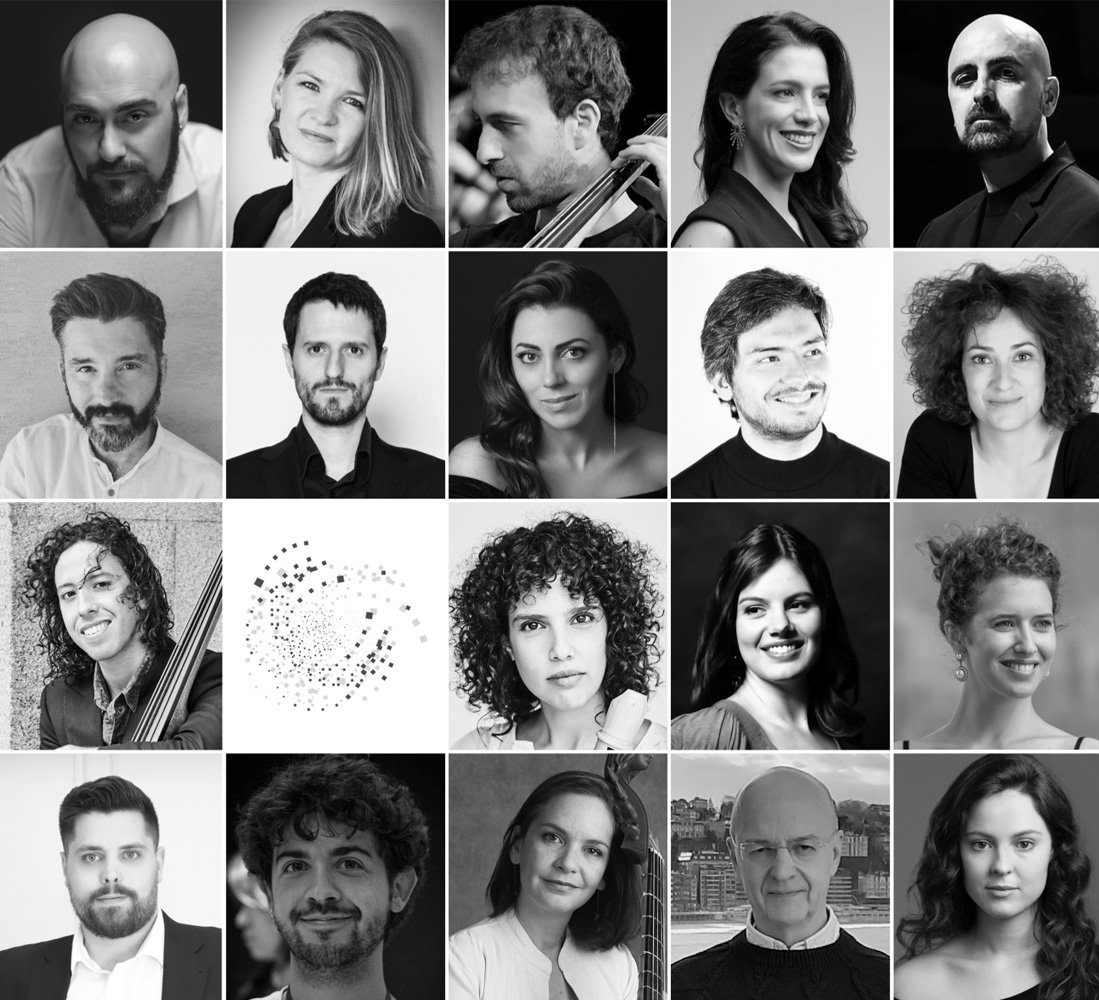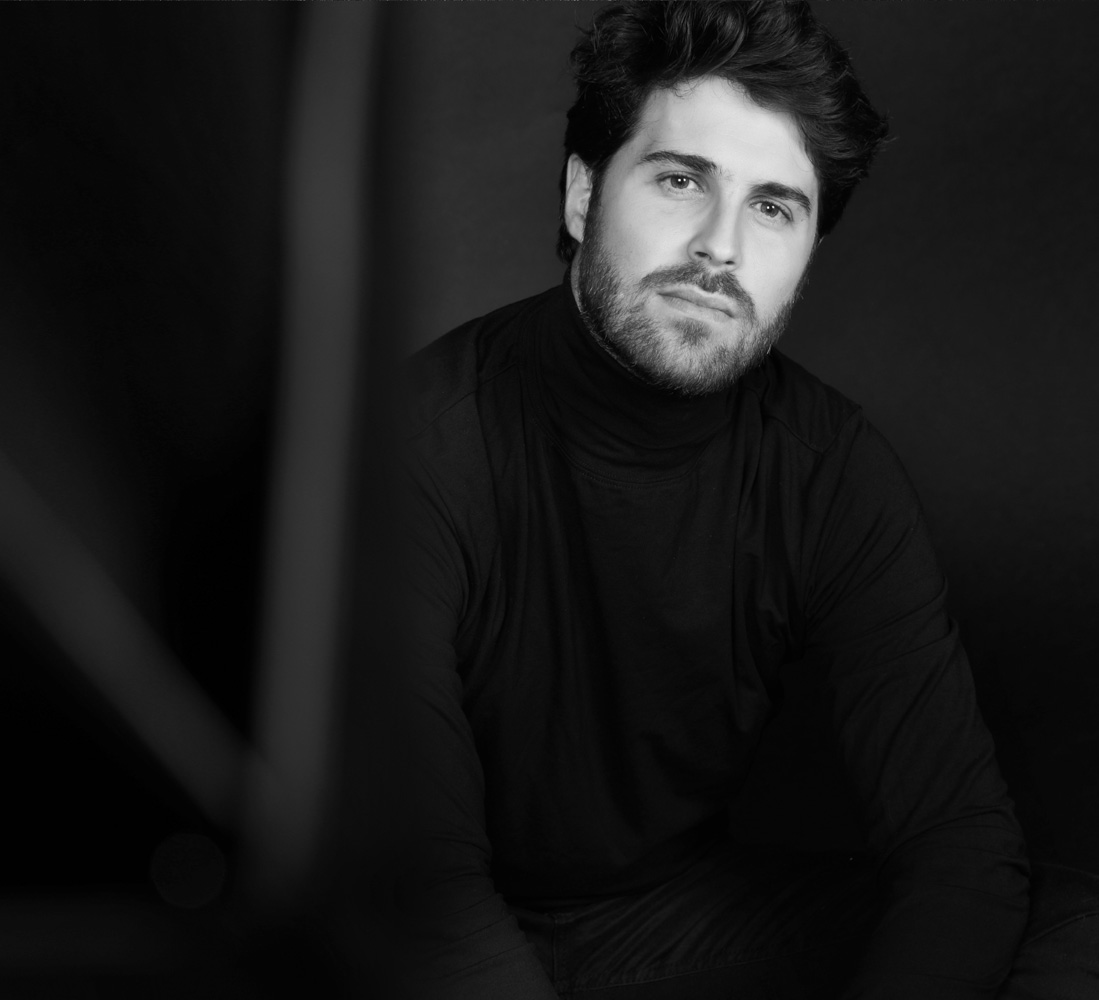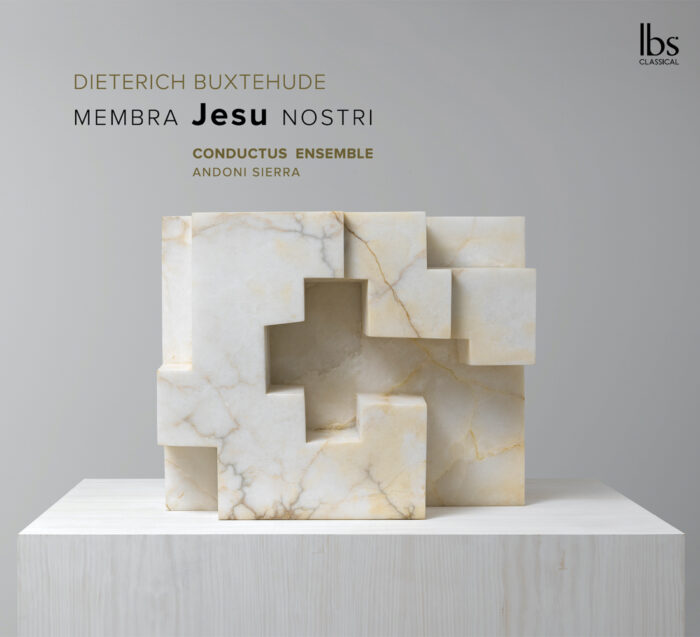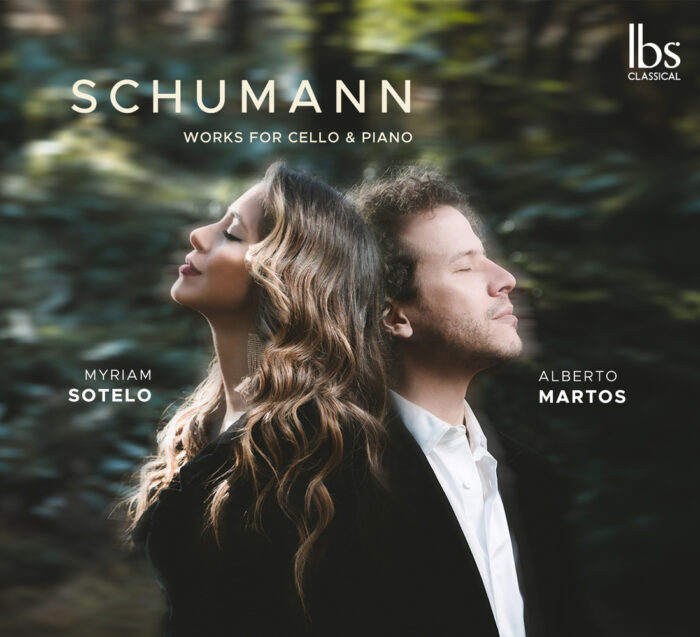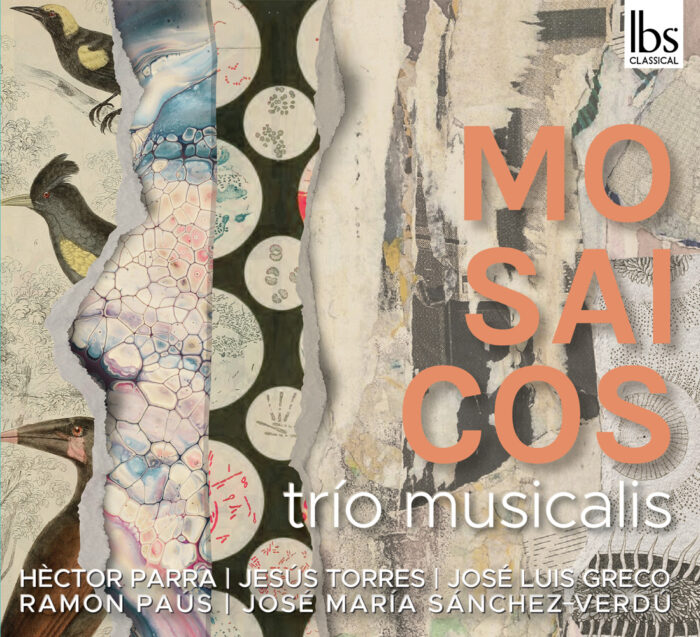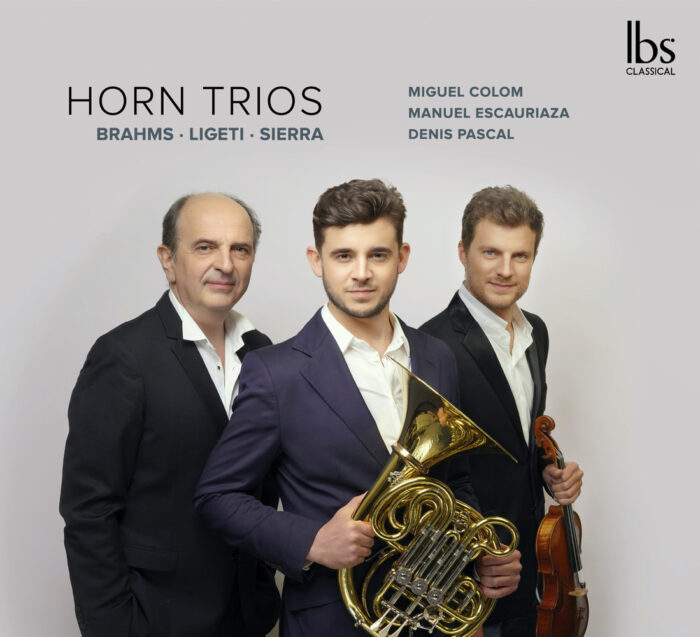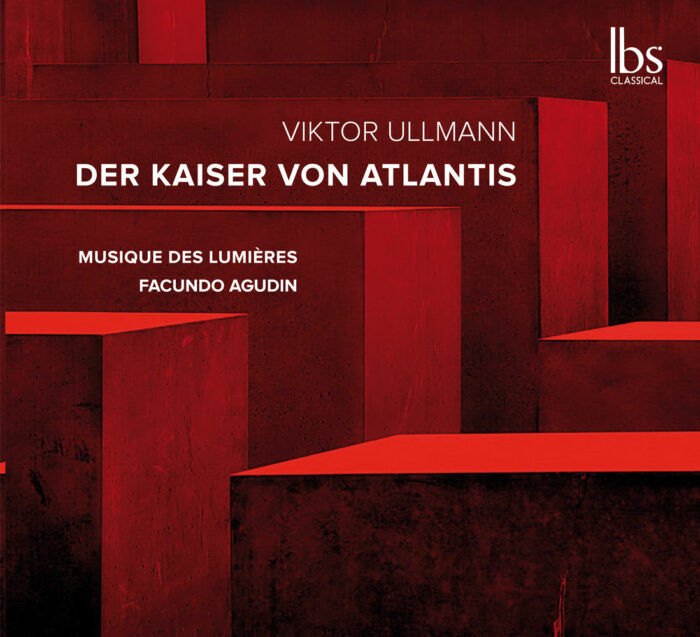Musikalische Exequien
14,95€
In 2022, we celebrated Heinrich Schütz, a central figure of the album, on the 350th anniversary of his death. As a culmination of a series of projects around his person and work, this recording wants to serve as a tribute to an extraordinary musical legacy that found in Johann Sebastian Bach, its greatest supporter. The manifest bond between both composers here is seen in the way in which death is shaken and beaten for later, collected from within our soul, be restored and sublimated by two artistic personalities capable of transcending a rich amalgamation of religious, cultural, and musical aspects around the ars moriendi of his time. Schütz’s Musikalische Exequien and Bach’s Actus Tragicus stem from a creative attitude toward death that is very close to home one from the other. Thus, it is not by chance that with their listening, both works fill us with peace and the deep sense of rest with which they do it.
14,95€
About CD
In this recording, you will find a dialogue between two of the most essential funerary musical works of the German Baroque. In 2022, we celebrated Heinrich Schütz, a central figure of the album, on the 350th anniversary of his death. As a culmination of a series of projects around his person and work, this recording wants to serve as a tribute to an extraordinary musical legacy that found in Johann Sebastian Bach, its greatest supporter. The manifest bond between both composers here is seen in the way in which death is shaken and beaten for later, collected from within our soul, be restored and sublimated by two artistic personalities capable of transcending a rich amalgamation of religious, cultural, and musical aspects around the ars moriendi of his time. Schütz’s Musikalische Exequien and Bach’s Actus Tragicus stem from a creative attitude toward death that is very close to
home one from the other. Thus, it is not by chance that with their listening, both works fill us with peace and the deep sense of rest with which they do it.
In this dialogue between authors and works, we have extended the central axis of the recording with two figures connected in the seventeenth century. On the one hand, Johann Christoph Bach symbolizes the dedication of the witness of tradition between both composers. On the other, Michael Praetorius, a friend and contemporary of Schütz, personifies a period in which the exploration of expressive means reached high levels of development in the aesthetic and formal plane, embodying the ideal of the baroque artist who employs all possible means at his disposal. The contrasts between choir and soloists, the spatiality and distribution of sound, instrumental virtuosity, and the rhetoric of the musical text are, among many others, core issues in the construction of the musical language of both authors, all this; also, without neglecting his debt to the Renaissance and medieval musical heritage.
I hope that with this first album of Concentus König, you find a sincere haven of peace through the beauty of the many passages in this music. The certainty of death gives us every day the opportunity not to fail to raise our gaze as high as possible so that, taking a breath with joy, we continue walking this serene departure that is life.
Musikalische Exequien
In late 1635, Heinrich Phostumus von Reuss, lord of Gera, Oberkranichfeld, and Lobenstein, commissioned Schütz to compose the music for his own funeral. The count, who had carefully selected the hymns and biblical passages to be set to music, ordered his coffin
to be assembled and adorned with these same texts. Many of them could have been taken from the Manuale de Preparatione ad mortem (1593) by Martin Moller, for whom dying blessed meant «to end one’s life from the right and true faith by departing to sleep joyfully and softly.» In this context, the Musikalische Exequien were conceived as a monument to extol the figure of Reuss, endorsing, in turn, and before the entire assembly on the day of his funeral, his status as saved and blessed.
The first section, Concert in Form einer teutschen Begräbnis-Messe, is structured in the form of a Latin Kyrie and Gloria, transferring the alternating soli and tutti of the capella to a large-scale dialogue between biblical texts and Lutheran hymns. The second part, Herr, wenn ich nur dich habe, is a motet for a double choir of eight voices in the Venetian style closest to Gabrieli. Finally, Herr, nun lässest du deinen Diener in Friede fahren, written for double choir, places the listener before a musical and textual superimposition of the earthly and divine realities. While the choir of the living follows the words of the elder Simeon, the choir of seraphim, distanced from the first as far as possible by Schütz’s indications, superimposes its Selig sind die Toten, creating a prodigious simultaneity of music and text.
The musical rhetoric appropriate to the construction and employability of a «divine» sound has its foundations in the study of echo’s effects in late sixteenth and early seventeenth-century Italian poetry. Thus, in the words of Michael Praetorius, celestial music and the relationship between the world of the living and the dead finds its expressive fullness in the alternation per choros, preferably far from each other. We can still take pleasure in recalling how Benjamin Britten’s War Requiem confirmed the timeliness and validity of this device more than three hundred years later. In this vein, the work’s finale culminates by assimilating the low voice of the heavenly choir to the person of the deceased, who sings the joy of death before the last earthly prayer of the aged Simeon: on the very day of Reuss’s funeral, February 4, 1636, the biblical elder’s onomastic was commemorated.
With his music, Schütz extended a complex network of rhetorical meanings –for example, the madrigalism granted to the departure to the afterlife in the word “Dahren»– which, added to an exuberant use of harmony and counterpoint, confer on the Musikalische Exequien a privileged place in the history of music to which today, with total actuality, there is a sense of reverential gratitude.
Concentus König
Desde su primera aparición interpretando la Pasión según San Juan de Johann Sebastian Bach en 2017, Concentus König ha logrado la consolidación de un núcleo estable de músicos que conforman plantillas flexibles para abarcar la variedad de repertorios que ocupan su labor.
Asentando sus interpretaciones en las raíces primigenias de la obra, mantiene el espíritu de su creación buscando redescubrir un sonido que profundice en los vínculos existentes entre periodos y compositores: de Michael Praetorius a Johann Sebastian Bach o de Heinrich Schütz a Wolfgang Amadeus Mozart.
Fundado por Jorge Suárez (Madrid, 1991), propone en cada uno de sus trabajos un minucioso proceso de investigación y documentación que ofrezca al público una aproximación histórica de la obra en la que resalte todo aquel elemento que la haga especialmente viva y rica. Su trabajo abarca un repertorio que se sitúa entre los siglos XVI y XIX, haciendo un especial énfasis en la música cercana en tiempo e influencia a Johan Sebastian Bach. Concentus König nace con la vocación de llevar al público español una parte del repertorio histórico fundamental pero raramente interpretado en sus salas de conciertos, festivales e iglesias. La música barroca alemana del siglo XVII y la primera mitad del XVIII conforma un compendio de estilos, lenguajes y autores tan ricos como desconocidos. Compositores como Heinrich Schütz, Michael Praetorius, Dietrich Buxtehude, Georg Caspar Schürmann o Johann Balthasar Christian Freisslich, llegando hasta Telemann, Bach y Händel, ocupan el interés de la agrupación desde su fundación.
A pesar de su reciente trayectoria, Concentus König ha tomado parte en varios festivales nacionales, destacando su participación en la apertura del Festival Internacional de Arte Sacro de la Comunidad de Madrid en 2020.
Desde su fundación tiene el privilegio de interpretar música junto a artistas de la talla de Lina Tur Bonet, Daniel Oyarzabal, Gabriel Diaz, Pablo Martín Caminero o José Hernández Pastor.
Cuenta con una formación estable de jóvenes cantantes e instrumentistas a la que se unen músicos de larga trayectoria con el propósito de consolidar un grupo sólido a la vez que juvenil y ambicioso.
A finales de 2021 lanza un sencillo con música de Buxtehude bajo su sello propio, Dixit. A finales de 2023 publica su primer álbum para el sello IBS Classical con música de Heinrich Schütz y Johann Sebastian Bach.

